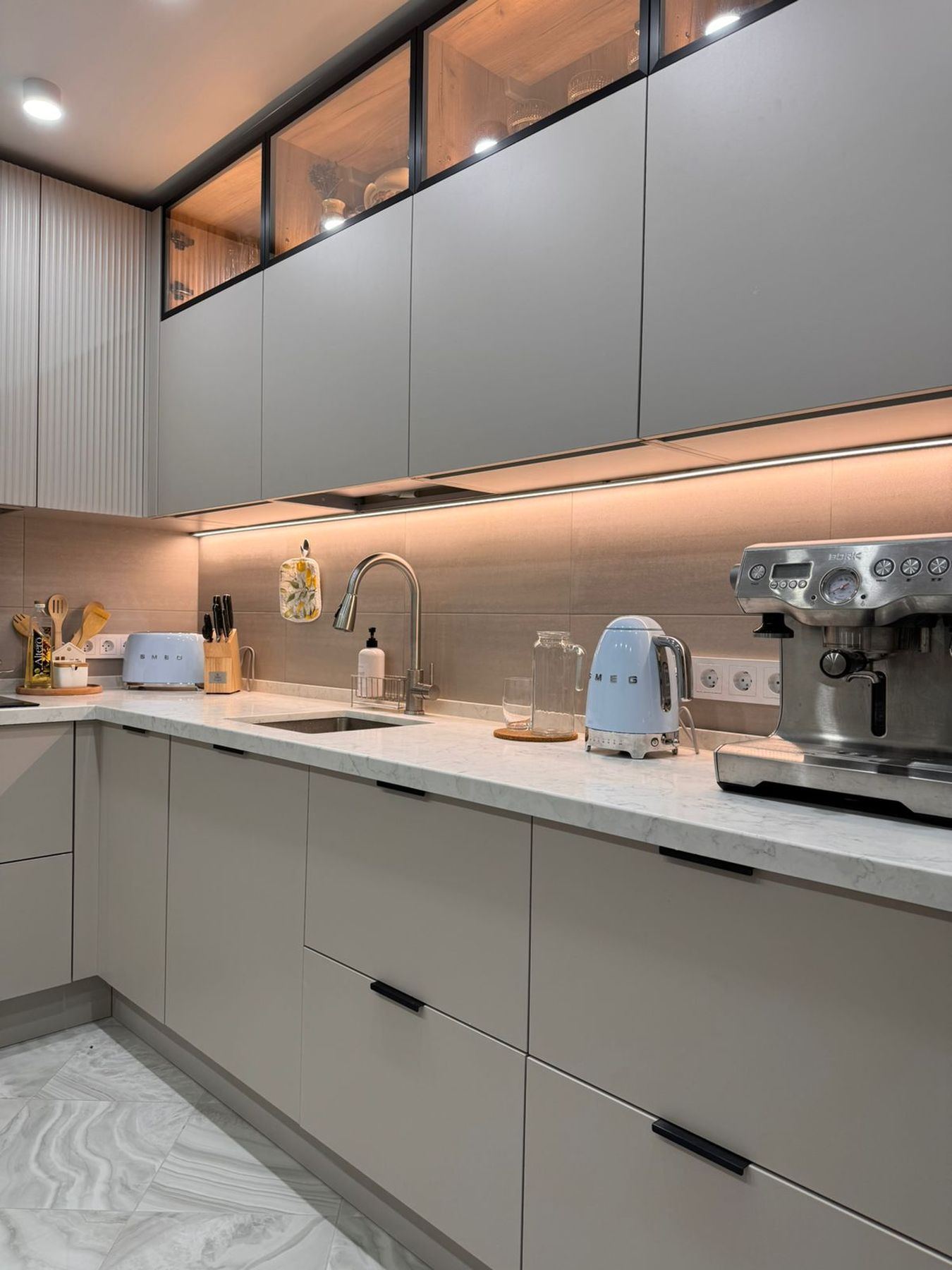
Culinary Spaces Reimagined
At the heart of every home lies the kitchen, a space where culinary magic unfolds and the aroma of cooking weaves its way into our fondest memories. As we witness an evolution in home design, culinary spaces are being reimagined to accommodate the growing passion for gourmet cooking and the desire for an inviting social hub within our homes. They are no longer just places to prepare meals, but multi-functional areas that blend aesthetic appeal with practicality – all while telling a story about those who use them.
Innovative Layouts
The first step in reimagining a culinary space is re-evaluating the layout. The traditional kitchen triangle, which focused on the sink, refrigerator, and stove, is giving way to more dynamic and flexible designs. Open floor plans are popular, allowing for smoother transition between cooking, dining, and relaxing areas. This seamless integration encourages interaction, making the kitchen a central gathering spot for family and friends.
Smart Technology Integration
As we step into an era where convenience is key, smart kitchens are becoming the norm. High-tech appliances with connectivity offer personalized experiences, and systems can be controlled via smartphones or voice commands. This technology brings about not only convenience but also efficiency, allowing for a more enjoyable and streamlined cooking process.
Sustainable Materials and Practices
In the push towards sustainability, eco-friendly materials are finding their way into the modern kitchen. Recycled glass countertops, bamboo flooring, and energy-efficient appliances are just a few of the choices for those looking to reduce their environmental impact. Incorporating sustainable practices, from composting to growing herbs indoors, also contributes to a greener kitchen experience.
Maximizing Storage Solutions
Storage is a critical aspect of any kitchen redesign. Innovative storage solutions, such as multi-tiered drawers and hidden cabinets, ensure a place for every tool and ingredient. The aim is to create a clutter-free space where functionality meets design, making the culinary workspace both inviting and efficient.
Aesthetics Meets Function
Fusing aesthetics with function involves choosing the right color palette, textures, and lighting to create a certain mood or ambiance. Customizable and artisanal elements, like handcrafted tiles or unique light fixtures, add character and personality to the space. The design should be harmonious, reflecting the tastes and lifestyle of the user, while also providing a high level of functionality.
Conclusion: The Culinary Space of Tomorrow
The kitchens of tomorrow are spaces that embrace innovation, sustainability, and style. They cater to the ever-evolving needs and preferences of home chefs, making the act of preparing a meal not just a necessity, but an experience to be savored. With these reimagined culinary spaces, the goal is to create an environment that inspires, nurtures, and brings people together through the love of food and cooking.